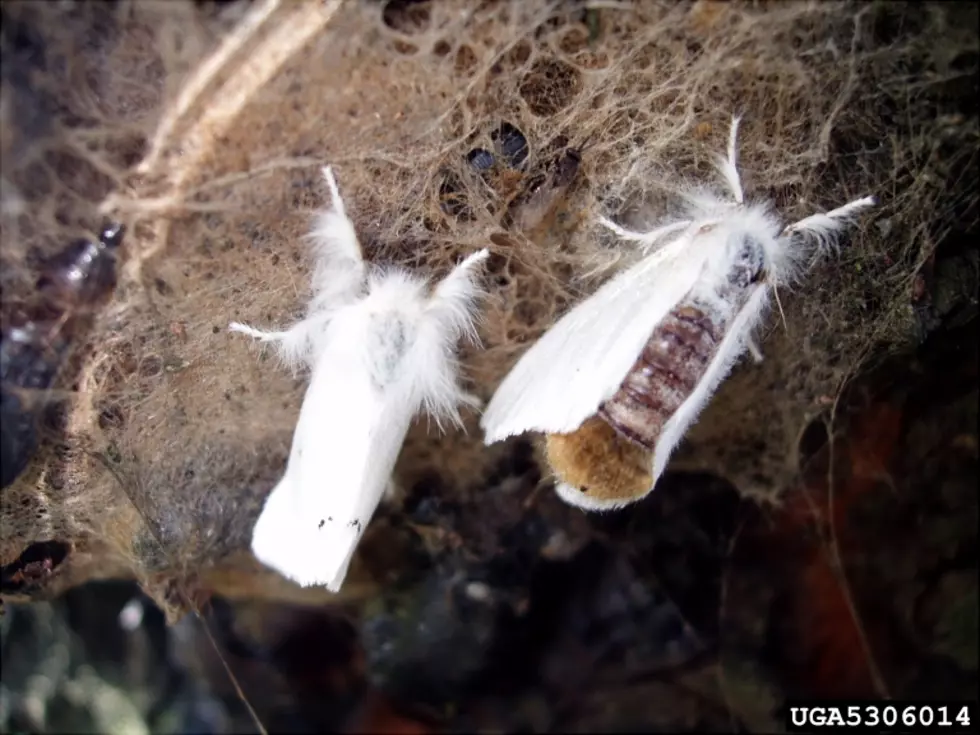
Mainers Could Be Haunted By the Browntail Moth Rash This Fall
The Maine CDC is reminding Mainers that the Browntail Moth Caterpillar rash may return this fall as a way to make the season of horror just a little scarier.
On Sunday, the Maine CDC posted a Facebook post up to remind Mainers that if you live in an area that suffered an infestation of Browntail Moth caterpillars that you need to be careful when raking leaves and going through brush.
Let's Catch You Up
In case you completely missed the Browntail Moth coverage that consumed a lot of Mainer's attention earlier this year, this invasive insect has a long history of being in Maine but has really been ramping up production in the past few decades.
The caterpillar stage of the Browntail Moth life creates toxic hairs that cause rashes. And it's miserable (see my harrowing story of my rash from earlier this year).
Why Now?
It's that time of year when we do some fall clean up but it could cause more rashes if you suffered them earlier this year due to the Browntail Moth infestation throughout mid-coast and central Maine.
The nests that were made at the top of maple, fruit, and other trees in the spring are coming down covered in the toxic hairs left by the nesting caterpillars. Additionally, the caterpillars will be nesting again very soon (yes, that's the second brood in one year), so those insects will be sitting at the top of the naked trees all comfy and hibernating in their toxic blankets. You've been warned.
Avoid Another Rash If You Can
The Maine CDC recommends taking precautions to avoid getting the rash if your property has the potential for Browntail Moth presence. One thing to do is to wear long clothes when you go out to do your work. It's also recommended that if you are going to stir up brush and leaves, do so when it's wet. Be careful around areas that avoid rainfall like under the deck and roof eaves. Lastly, be careful with the firewood sitting outside. Be mindful when bringing it inside because you could bring the toxic hairs into your home.
Recent Research
Earlier this year during the Browntail Moth caterpillar raid from the spring, the University of Maine started a preliminary study focusing on thwarting the mating habits of these insects.
Here's a breakdown of the study when the researchers came to my house where I have seen the moths and caterpillars. In the end, my property wasn't as bad as many other properties, especially those on the coast, according to the scientists but, once the study wrapped up they got some good results. More on that when the time comes for a ramped-up, wider scaled study in the near future.
University of Maine Researchers Doing Browntail Moth Study
20 Plants In Maine Gardens And Yard That Are Harmful to Dogs
LOOK: Here are the pets banned in each state
OH NO WE DIDN'T: 12 Photos That Prove That Alpacas Are Cuter Than Llamas
More From 92 Moose









